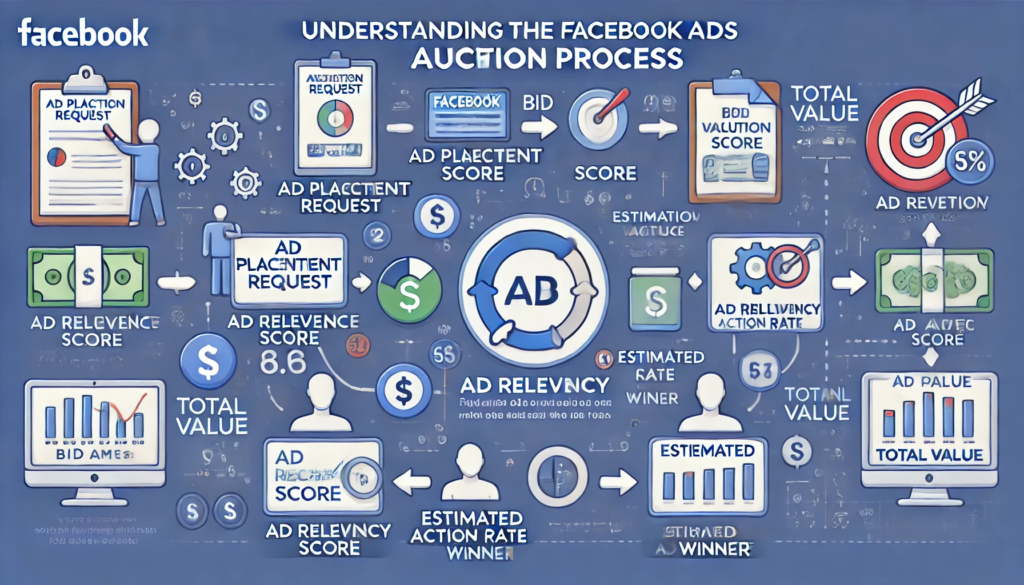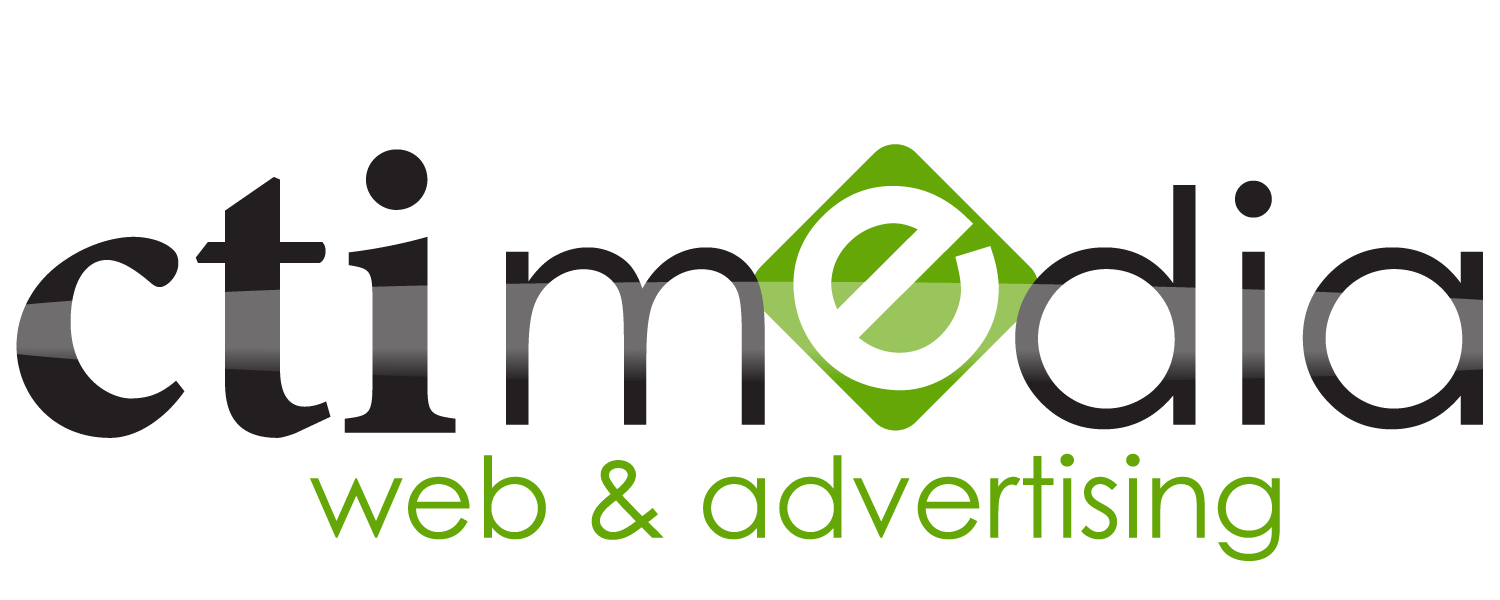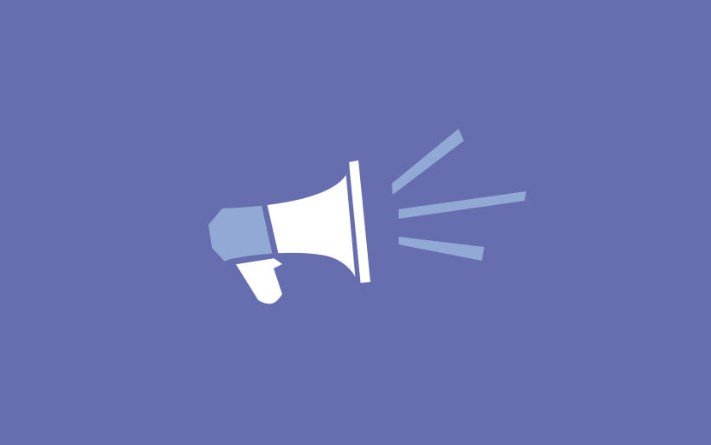In today’s competitive digital landscape, running effective Facebook ads is essential for small businesses looking to grow their online presence and drive meaningful engagement. At CTI Media Services, we understand the importance of making data-driven decisions that maximize your return on investment. One of the key elements to succeeding with Facebook ads is understanding how the Facebook Ads Auction Guide works. In this tutorial, we will break down Understanding Facebook Ad Bidding and provide actionable steps to help you Optimize Facebook Ads Performance effectively.
Understanding the Facebook Ads Auction Process

Facebook’s ad auction system is designed to balance value for businesses while ensuring a positive user experience. Unlike traditional auctions where the highest bidder wins, Facebook considers several factors to determine which ad gets shown. These factors include:
- Bid Amount: How much you’re willing to pay for a specific action, such as a click or impression.
- Estimated Action Rates: The likelihood that a user will engage with your ad based on historical data.
- Ad Quality and Relevance: Facebook evaluates the overall quality of your ad, including feedback from users and relevance to the target audience.
When you create an ad, Facebook calculates a total value for your ad by weighing these factors. The ad with the highest total value gets delivered to the audience.
Step-by-Step Guide to Winning the Facebook Ads Auction
Step 1: Define Clear Campaign Objectives
Before launching your ads, it’s crucial to align them with your business goals. Facebook offers several objectives such as:
- Awareness (brand recognition, reach)
- Consideration (traffic, engagement, video views)
- Conversion (sales, lead generation)
Action Tip: Choose the right objective that aligns with your business goals to ensure your ad performs optimally in the auction.
Step 2: Target the Right Audience
Facebook provides advanced targeting options to help you reach the right audience. Use the following targeting strategies to improve ad relevance:
- Core Audiences: Demographics, interests, and behaviors.
- Custom Audiences: Target users who have interacted with your business.
- Lookalike Audiences: Find new users similar to your existing audience.
Action Tip: Utilize Facebook’s Audience Insights tool to refine your targeting and improve your estimated action rates.
Step 3: Optimize Your Ad Creative
A high-quality ad creative can significantly impact your ad auction success. Ensure your creative elements include:
- Compelling Visuals: Use eye-catching images or videos that resonate with your audience.
- Clear Call-to-Action (CTA): Encourage users to take action (e.g., “Shop Now,” “Learn More”).
- Concise Messaging: Keep your copy clear and value-driven.
Action Tip: A/B test different ad creatives to identify which ones drive the best engagement and conversions.
Step 4: Set Competitive Bidding Strategies
Choosing the right bidding strategy can impact your auction results. Facebook offers several bidding options:
- Lowest Cost (Automatic): Facebook maximizes results within your budget.
- Bid Cap: Set a maximum bid per desired action.
- Cost Cap: Maintain an average cost per action.
Action Tip: Start with automatic bidding and gradually transition to manual bidding once you have sufficient data.
Step 5: Monitor and Optimize Performance
Once your ads are live, continuous monitoring is essential to ensure they perform well in the auction. Key metrics to track include:
- Click-through rate (CTR)
- Cost per result (CPR)
- Return on ad spend (ROAS)
Action Tip: Regularly analyze your campaign performance and adjust elements like audience targeting, ad creative, and bidding strategies to improve results.
Step 6: Utilize Facebook Pixel for Better Insights
Installing Facebook Pixel on your website helps track user interactions and provides valuable insights into ad performance. It allows you to:
- Measure ad conversions
- Optimize ad delivery
- Build retargeting audiences
Action Tip: Ensure Facebook Pixel is properly set up and use event tracking to measure specific business goals such as purchases or sign-ups.
Conclusion
Mastering Facebook’s ad auction process is crucial for small businesses aiming to achieve scalable growth. By setting clear objectives, targeting the right audience, optimizing ad creatives, choosing effective bidding strategies, and continuously analyzing performance, you can maximize your ad efficiency and achieve better results.
What are your biggest challenges in running Facebook ads? Let us know in the comments and let’s discuss how to improve your campaign performance together!













